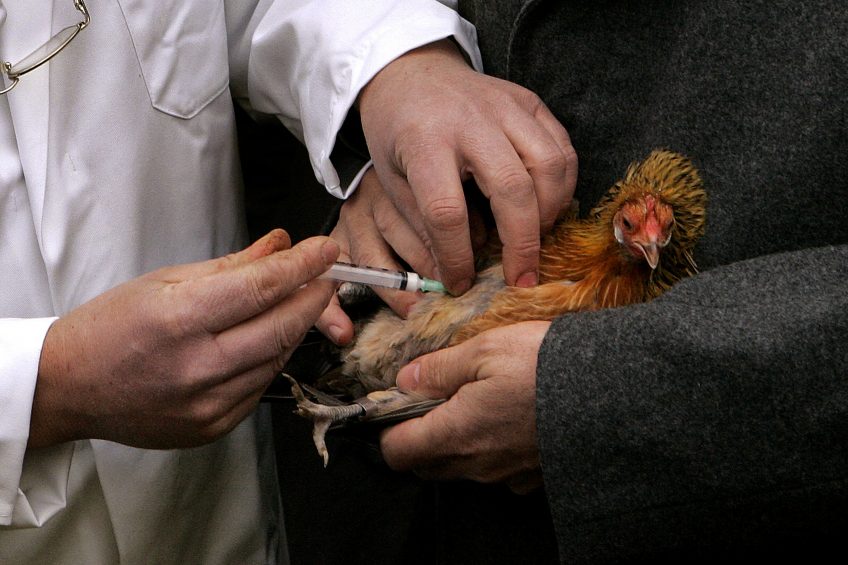China launches vaccination programme against H7N9

China has announced that it is to vaccinate all species of poultry from July against the H7N9 bird flu virus in 2 provinces in the southern part of the country.
Farms in other provinces will be allowed to opt for vaccination if approved by local veterinary authorities. Emergency vaccination may also be used to tackle outbreaks.
It comes after China suffered a sharp spike in human fatalities linked to the H7N9 virus. Nearly 270 people in the country have died since last October.
Li Jinghui, China Poultry Association managing director, welcomed the move: “In the near-term, it’s a good thing. It’s definitely a control measure,” he told Reuters.
Mutation
The move comes as scientists found just 3 genetic mutations could allow H7N9 to spread from human to human.
They worked on the H7N9 virus that has crossed over from birds to affect, according to World Health Organisation statistics, nearly 800 humans in China and the Far East.
The researchers, led by James Paulson of The Scripps Research Institute, California, analysed mutations that could occur in the JH7N9 genome.
They altered key amino acids that form part of the structure of the infectious protein hemagglutinin. This protein allows flu viruses to latch on host cells.
The scientists harvested the mutant hemagglutinin proteins from the cells and tested how strongly and successfully they bound to human-type and bird-type receptors.
Several forms with mutations in 3 amino acids bound far more strongly to human receptors, meaning they had switched specificity from bird to human.
These triple-mutant H7 hemagglutinins also successfully latched onto cells in samples of human trachea tissue.
Prof Paulson said the findings, published in the journal Public Library of Science Pathogens, showed that it was possible but not easy for the virus to spread to humans.
“These mutations that we’ve identified haven’t occurred. Maybe it’s because there are 3 of them. It is very easy for a virus to make a single mutation and 2 is much more difficult.
“To make 3 is even more difficult. We take some comfort in the fact it took 3 mutations to really make the transformation.”
Safety regulations prohibit introducing these mutations to actual H7N9 viruses, limiting scientists’ ability to test their effects in animals.
The British Society of Immunology has said the exact combination of mutations needed for bird flu to be able to attach to human lung cells was possible but relatively low.












